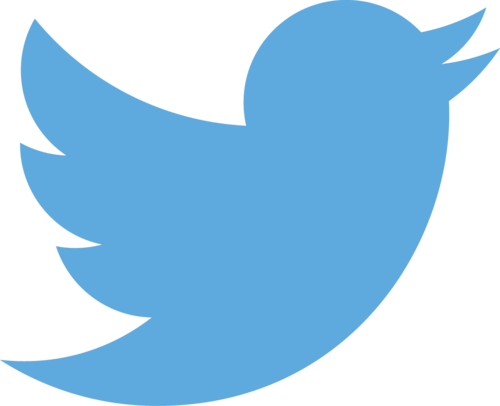Angry Tweets scare customer service leaders.
Bad things can happen when someone complains on Twitter. It might scare off potential customers. The CEO might see it and go berserk. It might go viral.
Here’s an example of a customer service nightmare. Iggy Azalea sent this Tweet to her more than 4 million followers earlier this month, after a Papa John’s delivery driver allegedly gave out her cell number.
@PapaJohns I ordered a cheese pizza but instead I got tons of calls and messages like this one. pic.twitter.com/fgKhydivXb
— IGGY AZALEA (@IGGYAZALEA) February 8, 2015
Ouch.
It earned thousands of retweets and favorites, and was covered by major news outlets like the Huffington Post.
It’s a smart move to prevent this type of fiasco. The counterintuitive secret is you shouldn’t start with Twitter.
Image source: Twitter
A Few Twitter Stats
Let’s start with the obvious fact that most of your customers don’t have 4 million followers. So, how many followers do your customers have?
This data is a little hard to find, but we can make a few educated guesses.
A 2013 study by O’Reilly Radar revealed the median Twitter account has 61 followers. That includes anyone who has Tweeted within the last 30 days.
Your customers might be a bit more active than that. After all, the people who use your product or service are on the cutting edge of being smart, sexy, and sophisticated, right?
OK, so let’s say your average customer is in the top 90 percent. That number?
458 followers.
But wait! Just because it’s Tweeted, doesn’t mean it’s read. Marketing Land estimates the average Tweet is read by just 2 percent of a person’s followers.
So, a hypothetical angry Tweet sent by a customer with 458 followers would be read by 9 people.
Suddenly, Twitter’s no scarier than any other customer service channel. But wait, there’s more.
Twitter is a Second Channel
Here’s the key to your whole Twitter strategy: Twitter is a second channel.
That means those angry Tweets are usually issues that started somewhere else, didn’t get resolved, and then got escalated to Twitter.
Here are a few more stats with links to the references:
- Waiting for service is the number 1 reason people complain on Twitter
- Just 5% of consumers use social media as a primary complaint channel
- 53% rarely or never use social media to complain about poor service
These stats tell us that the key to preventing angry Tweets is to provide better service via the first channel.
Azalea’s Tweet to Papa John’s presumably started because a delivery driver gave out her cell phone number. If the driver doesn’t do that, the angry Tweet doesn’t happen.
This principle isn’t just true for celebrities with enormous amounts of followers. It holds for customers with more average levels of social clout.
Hotels are a great example.
The Cornell Center for Hospitality Research estimates that an average 250 room hotel has 5,000 guest interactions each day. This includes valet, door, bell staff, reception, restaurants, housekeeping, engineering, PBX, and many other functions.
If I’m managing that hotel, I’d spend a lot more time worrying about those 5,000 daily guest interactions than I would Twitter.
Here are some other examples:
- A typical flight might have 150 passengers and 4 flight attendants.
- A coffee shop barista might serve 25 customers (or more) per hour.
- A contact center agent might talk to 10 (or more) customers per hour.
These impressions are all opportunities that could result in good or bad service.
Fixing Broken Channels
People take to Twitter when the first channel is broken.
The last thing you want to do is train customers to Tweet their complaints because they can’t get service any other way.
A good Twitter care strategy starts here. Fix the broken channels and your Tweets will be more praise and requests for information, and less of the “I hate your service” variety.
How do you do that?
Here are a few ideas:
- Hire employees who fit your culture
- Monitor your person-to-person interactions with the same rigor as social
- Give agents for all channels the same empowerment as social
- Map your customer’s journey and look for trouble areas
- Respond to complaints in a timely fashion
- Fix problems on the first try
- When you do see a complaint, look for icebergs
Finally, make sure all of your customer service channels have a similar personality that fits with your brand and matches your customer service vision. There’s no sense in being nice on Twitter while employees are jerks on the phone and in person.




